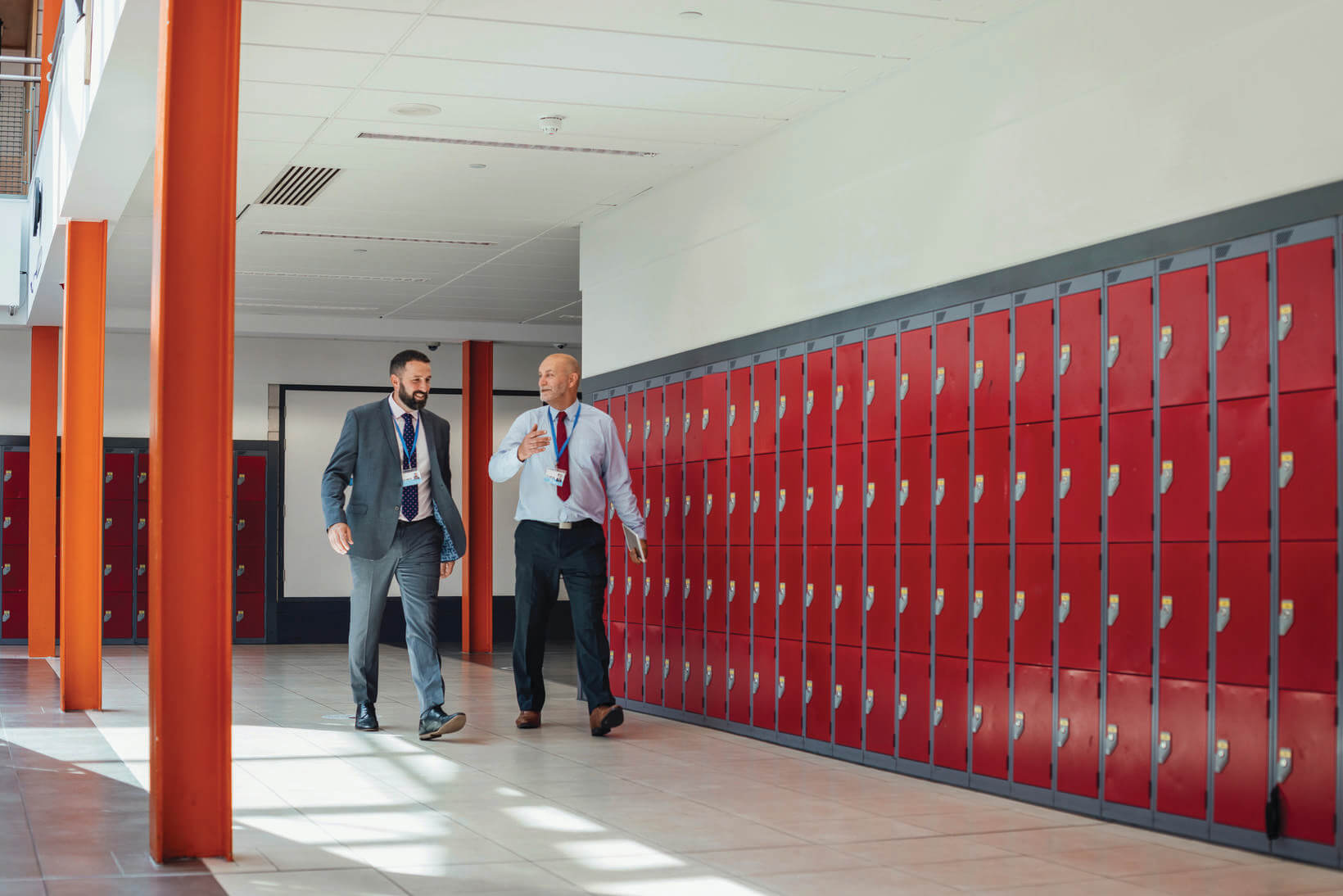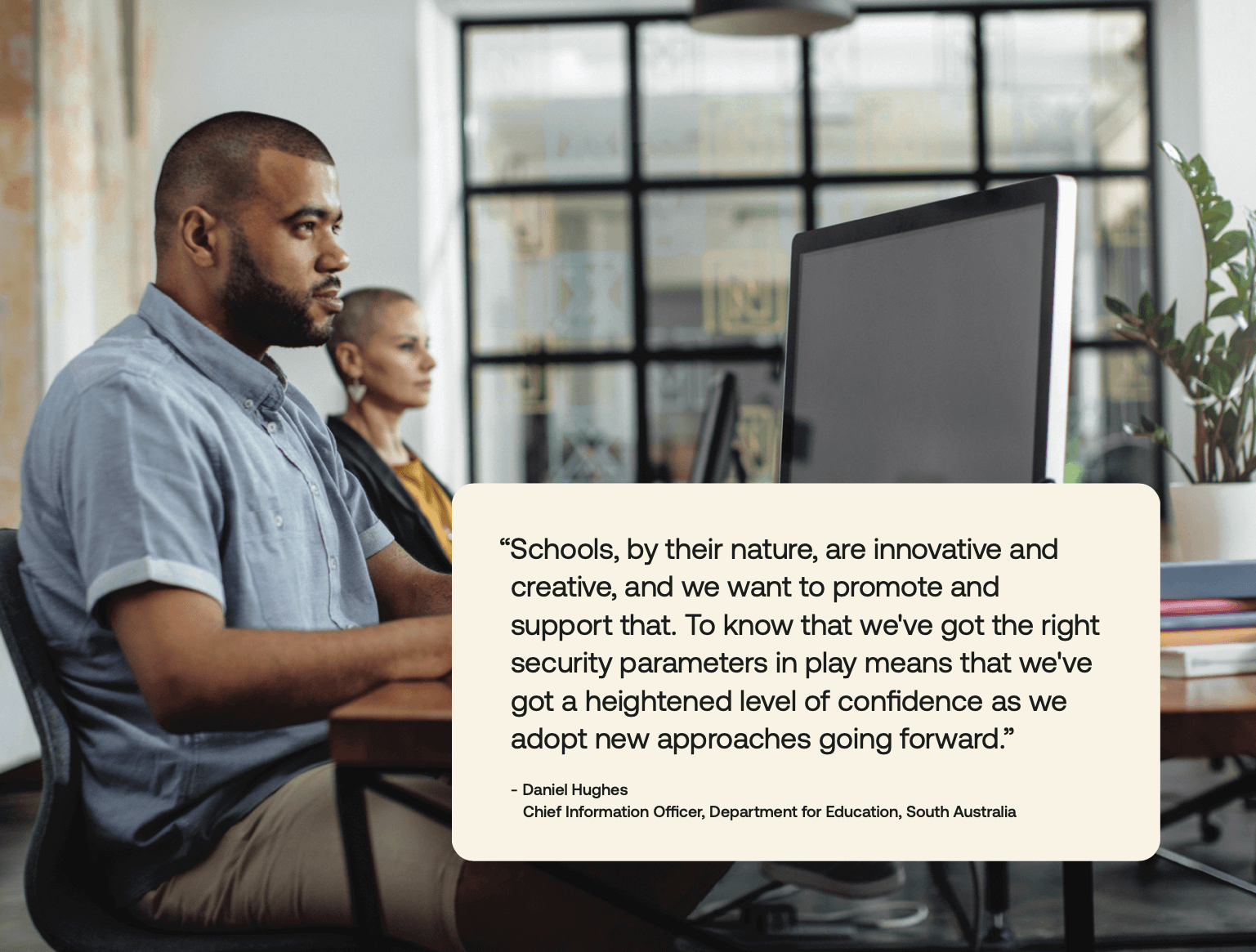Creating a secure environment for teachers and students to harness emerging technology
What follows is an adaptation of an article from the second issue of Okta’s Identity Spotlight magazine.
Technology’s impact on the world of education is unquestionable. We’re a long way from the days of piles of notebooks, overhead projectors, and chalkboards. These days, technology plays a central role in the design and delivery of curriculum in schools around the world.
Whether it’s augmented reality or the hot topic of the moment, generative AI, the emerging use cases for new tech in teaching and administration of education are vast.
But where technology flourishes, security risks often follow. The education sector is no stranger to cyberattacks and data breaches, with high-profile examples in Australia and New Zealand in recent years.

The education environment is also a complex one, where users range from young children to time-poor teachers and backroom staff, with potentially rebellious teenagers thrown into the mix. And all of them need their Identity and access to systems managed securely and correctly.
So, what could stand in the way of technology’s full potential being harnessed in the classroom and beyond? How can educational bodies move forward with confidence, stability, and flexibility? And does the need to keep these environments secure stifle innovation and negatively impact the user experience?
Delivering world-leading education in South Australia
The Department for Education in South Australia delivers school education throughout this geographically diverse state. In total, the department covers over 900 schools, preschools, and childcare centers.
Daniel Hughes, the department’s chief information officer, believes that technology plays a key role in helping open up pathways and opportunities for students to immerse themselves in technology that exists today, but also emerging technologies that will be part of future job pathways.
But for all this progress to be possible, the organisation needs to be set up for success. As Hughes puts it, “We need to make sure the right digital foundations are in place. Without those, it's hard to have conversations with schools and preschools about how they use technology to achieve better outcomes.”

Simplifying the lives of teachers
Working with Insync Solutions, the Department for Education deployed Okta single sign-on (SSO) across their entire organisation and school network, transforming the experience for students, teachers, operations, and corporate-level staff.
When Hughes and the team from Insync sat with teachers to understand their technology experience, it became clear that some changes needed to be made. One teacher reported having to try to log in as many as 15 times before she could begin teaching the class. It’s delays like this that can really add up over the school day and eat up valuable time that could be spent giving students a world-leading education.

The changes made became even more important during the COVID-19 pandemic, when students needed to access learning and the right resources from anywhere. This period produced some important lessons for Hughes. “Technology changes have always been difficult in a large system such as ours,” said Hughes. “However, what we learned from the pandemic is that we can be more agile, adaptable, and flexible when we consider significant technology change.”
Exploring future and emerging tech with confidence
With stronger foundations in place, what does the future hold for the department and its technology?
“One of the challenges I've currently got as a chief information officer is understanding how we can immerse emerging technologies into the classroom context,” said Hughes.
Moving to SSO has given him peace of mind moving forward into these new technological frontiers, helping the department empower schools to get the most out of innovation.

Experimenting with AI
A lot of the wider discussion around generative AI and education has focused on the potential for negative outcomes, like students using it for their essays and homework and trying to avoid detection. But harnessed properly and controlled correctly in the education environment, the potential benefits of this emerging technology are huge.
It’s something the Department for Education is already working on. They're experimenting with generative AI products to see how these can enhance learning for students and teachers but doing so with student safety first and foremost.
Moving into these exciting spaces with the right foundations in place is key to success. “We have a chief executive and a minister who are very supportive of the use of generative AI within the classroom,” Hughes said. “So we’re looking for ways to start delivering these platforms in meaningful ways for our students. However, it’s important to know that we can enable it for certain cohorts of students and enable it systematically. We certainly never had that agility and flexibility before.”
Does enhanced security mean increased complexity for the Department for Education? Hughes admits he could see where such a preconception would come from. “Traditionally, enhanced security has often tripped over innovation, especially when it failed to put the user first.”
But having been on this journey, Hughes' perspective has changed. “Following what we’ve learned in the last few years, heightened security controls have resulted in simplicity for us and a better user experience.”
Read more about how Okta’s solutions for education, including SSO, can help your organisation, or contact Sales for more information.